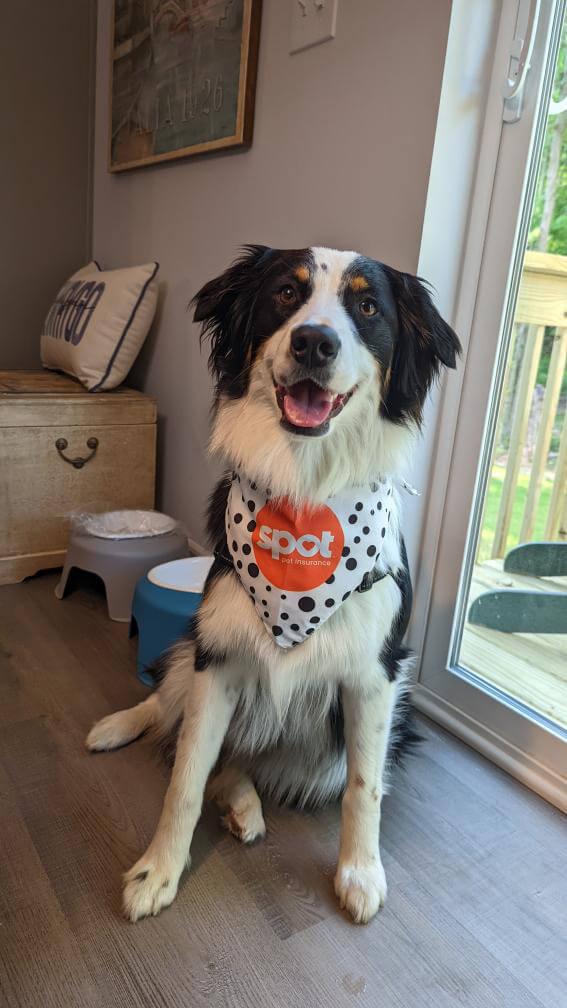Shedding is completely normal for both cats and dogs, but too much of it can make home life messy. While you can’t stop shedding entirely, you can manage it. This blog will show you how to reduce shedding in cats and dogs through smart grooming habits, good nutrition, and daily care. With a few simple steps, you’ll notice less pet hair around your home and a healthier coat on your pet.
How to Reduce Shedding in Cats and Dogs with Brushing
Brushing is the #1 way to keep shedding under control. It removes loose hair before it lands on your couch or floor.
For Cats:
Short-haired cats: Brush 1–2 times a week.
Long-haired cats: Brush daily, especially during seasonal shedding.
For Dogs:
Short-haired breeds: Brush 1–2 times per week.
Long-haired or double-coated breeds: Brush daily when shedding is heavy.
Choose the right tools—slicker brushes, de-shedding combs, or grooming mitts based on your pet's coat type.
Feed a Healthy Diet to Help Reduce Shedding
A well-balanced diet supports skin and coat health, making a big difference in how much your cat or dog sheds.
Look for foods that include:
Omega-3 and Omega-6 fatty acids
High-quality animal protein
Vitamins like A, E, and B-complex
If you’re not sure about the best diet, talk to your vet for guidance.
Keep Them Hydrated
Dry skin can cause more shedding. Make sure your pets always have fresh water. Cats often prefer running water, so a pet fountain can help. For dogs, refill water bowls regularly and encourage drinking after exercise.
Bathe Occasionally with the Right Products
Bathing can help reduce loose hair and keep your pet’s skin clean.
Cats:
Most don’t need frequent baths, but an occasional wash (if they tolerate it) can help during peak shedding.
Dogs:
Bathing every 4–8 weeks helps remove dead hair.
Use gentle, pet-safe shampoo—consider de-shedding formulas.
Avoid over-bathing, which can dry out the skin and cause more shedding.
Reduce Stress to Help Control Shedding
Stress can affect how much your pet sheds. Big changes, loud environments, or a lack of mental stimulation can cause extra hair loss.
Keep routines consistent
Provide enrichment (playtime, scratching posts, toys)
Create a calm, quiet space
Clean Home = Less Mess
Even with great grooming, some shedding will happen. Keep your space cleaner with:
Frequent vacuuming
Washable covers on furniture
Grooming outdoors when possible
Air purifiers to trap loose hair and dander
Check with the Vet if Shedding Seems Excessive
Unusual hair loss, bald spots, or itchy skin could signal something more serious like:
Allergies
Parasites (like fleas)
Skin conditions or infections
Hormonal imbalances
Regular checkups can help catch problems early.
Frequently Asked Questions
How do I stop my cat from shedding so much? You can’t completely stop it, but you can help manage it with regular brushing, a good diet, proper hydration, and occasional baths. Keeping stress low also helps.
Can I give my cat something to stop shedding? Yes—omega-3 supplements, hydration, and a nutrient-rich diet can all help reduce shedding. Always check with your vet before adding anything new.
What month do cats shed the most? Cats usually shed the most in the spring and fall as they adjust their coat for changing temperatures.
What months do dogs shed the most? Dogs also shed more during spring and fall. Double-coated breeds often blow their coat twice a year during these times.
What can I give my dog to stop excessive shedding? Omega-3 supplements, high-quality dog food, and keeping your dog hydrated can help. Consistent grooming also plays a major role.
Key Takeaway
Shedding is a natural part of being a cat or dog—but it doesn’t have to take over your life. With regular grooming, proper nutrition, hydration, and stress management, you can significantly reduce how much your pet sheds. These simple habits go a long way in keeping both your pet and your home healthy and clean.
More About Spot Pet Insurance
Spot accident and illness plans can be used with any licensed vet in Canada or the U.S. Whether you are home or traveling to the U.S., Spot can reimburse the cost of vet bills for the diagnosis, treatment, or management of covered conditions. Spot’s accident and illness plans can help cover a variety of conditions, including broken bones, lacerations, aggression, kidney disease, diabetes, and more. Pet parents can also get cash back on the cost of routine care, including wellness exams, certain vaccinations, dental cleanings, and more, by adding a wellness rider to their plan for an additional cost.
To learn more about Spot Plans or to get a free quote, click here.

With 15 years as a dog and cat parent, my pet articles are a mix of humor and firsthand experience - proof that the best stories often come with paws and purrs.











